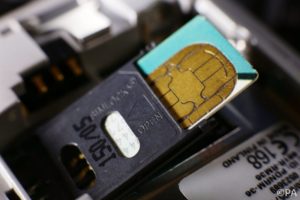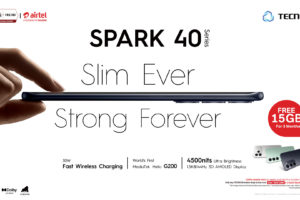Fiber to the home (FTTH) is the delivery of a communications signal over optical fiber from the operator’s switching equipment all the way to a home or business, thereby replacing existing copper infrastructure such as telephone wires and coaxial cable. This being based on optical fiber, it provides unprecedented high-speed Internet access. FTTH dramatically increases the connection speeds available to computer users compared with technologies now used in most places.
FTTH promises connection speeds of up to 100 Mbps which is 20 to 100 times as fast as a typical cable modem or DSL (Digital Subscriber Line) connection. However, implementing FTTH on a large scale is rather costly because it requires the installation of new cable sets over the “last links” from existing optical fiber cables to individual users. Many cities currently enjoy a vast fiber to the curb (FTTC) service, which refers to the installation and use of optical fiber cable to the curbs near homes or businesses, with a “copper” medium carrying the signals between the curb and the end users.
What is optical fiber?
Optical fiber uses light instead of electricity to carry a signal. It is unique because it can carry high bandwidth signals over long distances without degradation. Copper can also carry high bandwidth, but only for a few hundred yards – after which the signal begins to degrade and bandwidth narrows. Optical fiber has been used in communications networks for more than 30 years, mostly to carry traffic from city to city or country to country.
Also Read: Safaricom Home Fiber; Plans, Pricing and a few things you need to know
Advertisement - Continue reading below
Why is fiber optic cable now being connected directly to homes?
Connecting homes directly to fiber optic cable enables enormous improvements in the bandwidth that can be provided to consumers. While DSL and cable modems generally provide transmission speeds of up to five megabits per second on the download (and are generally slower when uploading), current fiber optic technology can provide two-way transmission speeds of up to 100 megabits per second. Further, while cable and DSL providers are struggling to squeeze small increments of higher bandwidth out of their technologies, ongoing improvements in fiber optic equipment are constantly increasing available bandwidth without having the change the fiber. That’s why fiber networks are said to be “future proof.”
Why can’t I get these high-bandwidth applications with DSL or cable modem?
DSL and cable modem rely on copper wire to deliver signals to your home – and copper can deliver high bandwidth only over very short distances. That’s fine if you happen to live a few hundred yards from your provider’s switching station, but most people don’t. Optical fiber does not have this limitation and thus is able to carry high bandwidth signals over great distances to homes and businesses. Only fiber-to-the-home can deliver the immense bandwidth that the applications of the future will require.
The Fiber Broadband Association is an organisation that provides advocacy, education and resources to companies, organizations and communities who want to deploy the best networks through fiber to the home, fiber to the business and fiber everywhere. Members of this association represent the entire broadband ecosystem, from providers, suppliers, consultants, consumers, policymakers, device makers and application providers. This association can be thought of as the group of leading innovators in this field.
So if you want to make the most of your Netflix subscription, perhaps you want to consider subscribing to FTTH providers such as Safaricom Fiber in Kenya, Zuku Fiber available both in Uganda and Kenya, Liquid Telcom Fiber, Csquared and others.
Advertisement - Continue reading below
Discover more from Dignited
Subscribe to get the latest posts sent to your email.












